Here is some basic information and few links to some of our favorite and well regarded flashlight manufacturers! Our goal is to carry every product by every one of the manufacturers listed below (lofty, we know). Is there something you want to see us carry or review? Drop us a line!
AE Powerlight – AE Powerlight is regarded as in innovator of HID electronic ballasts (EB) and of high performance portable lightning (HPPL) solutions. Their EBs and HPPLs are used in extreme applications where overall build quality is the primary consideration. AE Powelight’s commitment to design, manufacturing quality, effectiveness and strength is evident. While their HID handheld searchlights were designed for search & rescue operations (for LEO and military applications), they are also well suited for recreational use.
4Sevens – Although 4sevens started out as a retail store about three years ago they began to manufacture their own flashlight brand. 4sevens flashlights are well regarded as high quality quality yet affordable. They incorporate the latest flashlight technology into their carefully designed models. It’s evident from using a 4sevens model that they are passionate about their research, the newest flashlight technology (i.e. LEDs, circuitry, materials) and innovation.
Black Diamond – Black Diamond is committed to the best gear. Making it, using it, selling it. Their products are geared toward climbers and skiers but the Black Diamond headlamps are perfect for backpackers and for your emergency preparedness kits.
Eagle Tac -Eagle Tac us based out of Arizona and produces tactical flashlights with an emphasis on precision. Their flashlights are used by law enforcement and rescue teams who demand the best. Eagle Tac flashlights include advances features like electronic output regulation as well as refined brightness controls.
Fenix – Fenix flashlights are brand to keep an eye on! The name, Fenix, comes from a word in Chinese that means “perfect thing.” The phoenix is perfect and blessed in Chinese culture. Since their inception Fenix has tried to create the perfect flashlight. Fenix’s commitment to innovation is second to none. In fact Fenix was the first major manufacturer to bring a quality single AA battery LED to the market. Innovation and quality has allowed Fenix to become of the most well regarded LED flashlight manufacturers in the world.
Icon – Icon flashlights were conceived from simultaneous obsession with design and technology. Every part of an Icon flashlight must enchance the performance and the user’s experience. Using accomplished designers and world class engineers each flashlight turns out beautifully. Output, appearance are spectacular and the flashlights are within anyone’s reach.
Inova – Inova is a division of NiteIze. They specialize in high quality LED flashlight and are well known in the world of portable lighting. Inova flashlights are available in models suitable for recreations and professional (tacticsl) use.
JET Beam - JETBeam was founded in 2004 and they specializes in LED lighting solution. JETbeam flashlights showcase the most advanced LED light technology and the highest standard of materials and workmanship. JETBeam products boast amazing performance, beautiful design and superior quality.
Maglite – Maglite has been part of the Flashlight game since 1979 and is known worldwide. Used by policemen, firefighters, military and mechanics the Maglite is perfect and can generally be found in any environment. Maglite has always been committed to flashlight innovation & refinement as evidenced by their rechargeable flashlight system. Maglite flashlights remains a respected stndard in the flashlight industry.
NexTorch- Since their inception Nextorch’s only focus was creating superior portable lightning products. Advanced lightning technology creatures durability, longevity and lightweight ergonomic carry. Nextorch flashlights feature rugged aluminum bodies (6061-T6) with Mil-Spc Type III anodizing. In short, Nextorch offers “The Brilliant Solution” for portable lighting application.
Nova Tac - With a focus on every day carry (EDC) flashlights Nova Tac has emerged as a leading developer of practical and convenient flashlights. They spent time and energy to make their EDC flashlight lines military compliant. Many NovaTac flashlights as used by the United Sates Army. NovaTac is also the developer of a remote pressure switch allowing some of their flashlights to be operated remotely.
Olight -Olight specializes in LED lightning. Their driving paradigm is to make the best most advanced flashlights on earth yet still make them affordable without compromising quality. Olight flashlights fulfill a variety of needs and many models are available to suit specific tasks.
Pelican – Pelican started operating in 1974 making high performance dive lighting. Today they are a respected player in the advanced lightning manufacturer circle. Pelican is dedicated to always improving their products and their service
Princeton Tec – Princeton Tec has been manufacturing and building lights for over thirty years. Their drive and focus is the human spirit- it pushes technology and design to new levels. At Princeton Tec it’s critical that the user has the best lighting solution and that the lighting technology is appropriate for the intended use. Princeton Tec headlamps are the perfect illumination gear for adventure and any emergency.
Streamlight -Steamlight learns by doing with the intend to develop products that their customers need. If you work at Streamlight then you use Streamlite products. You through firefighter training, take courses in low light shooting and are usually a hunter, fisherman or an outdoor enthusiast. This type of hands-on experience has led them to innovate and create products that set Surefire apart from the competition which is why many regard Streamlite flashlights as the best.
Surefire – Surefire was started back in 1969 with the intention to use lasers for industrial applications. In 1979 the Surefire team created and patented the first laser sight for a gun. This innovation quickly led to the creation of a gun / weapon mounted flashlight. Surefire then established themselves as on of the leading manufacturers of compact and tough illumination tools for all types of tactical applications. Surefire is now synonymous with flashlight and illumination tool excellence. Surefire flashlights are top tier and renowned worldwide.
Xeno - Xeno has been making flashlights cine 1999 and has been one of the leaders in flashlight innovation ever since. Xeno flashlights are tough lights with a price anyone can afford.
Do you Manufacture Flashlights and you’e not on our list! Drop us a line- we’d love to carry your products and feature you on our blog!

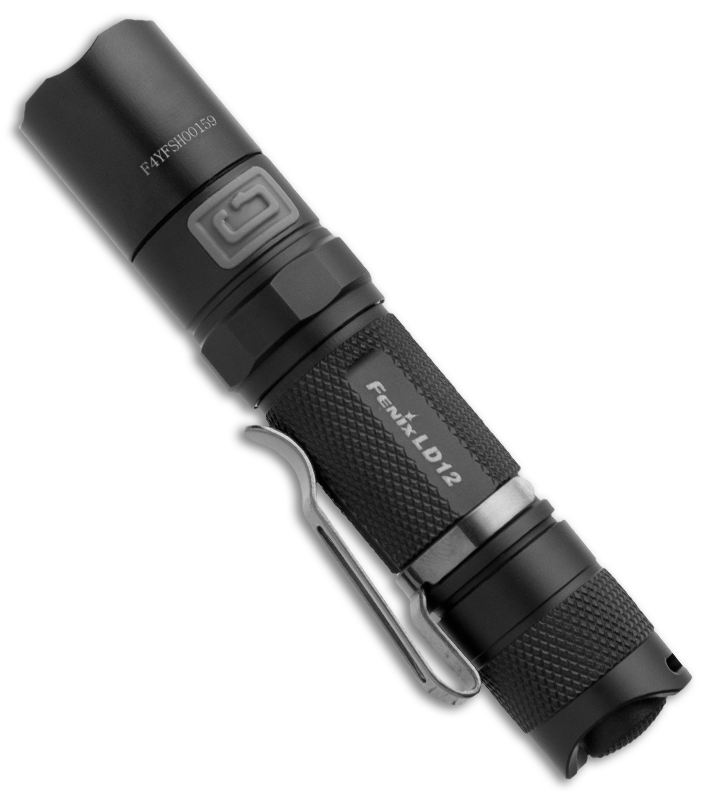
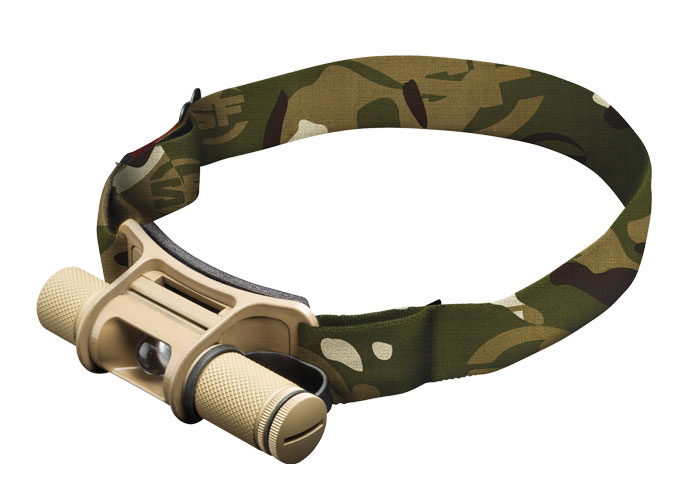


















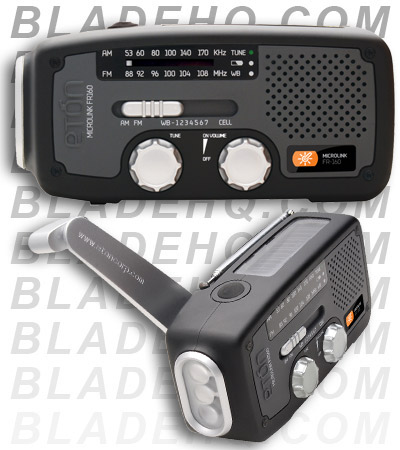

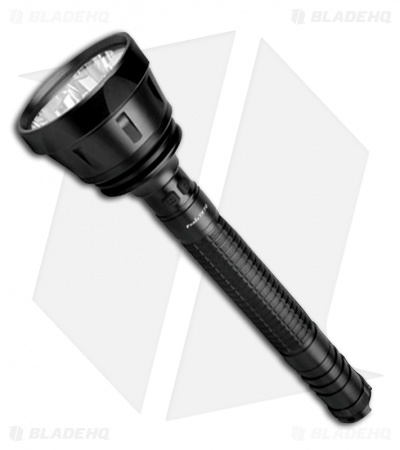
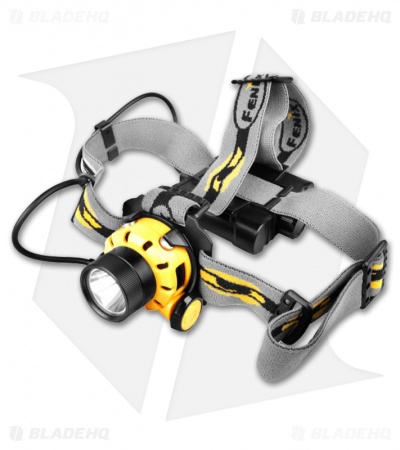
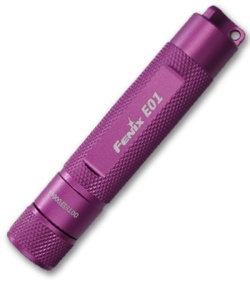 The
The 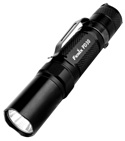
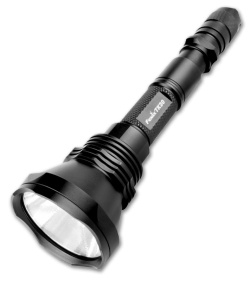 If you’re looking for something bigger (and a lot brighter) then the
If you’re looking for something bigger (and a lot brighter) then the 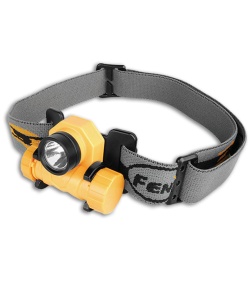 Finally if you need an inexpensive headlamp then the
Finally if you need an inexpensive headlamp then the